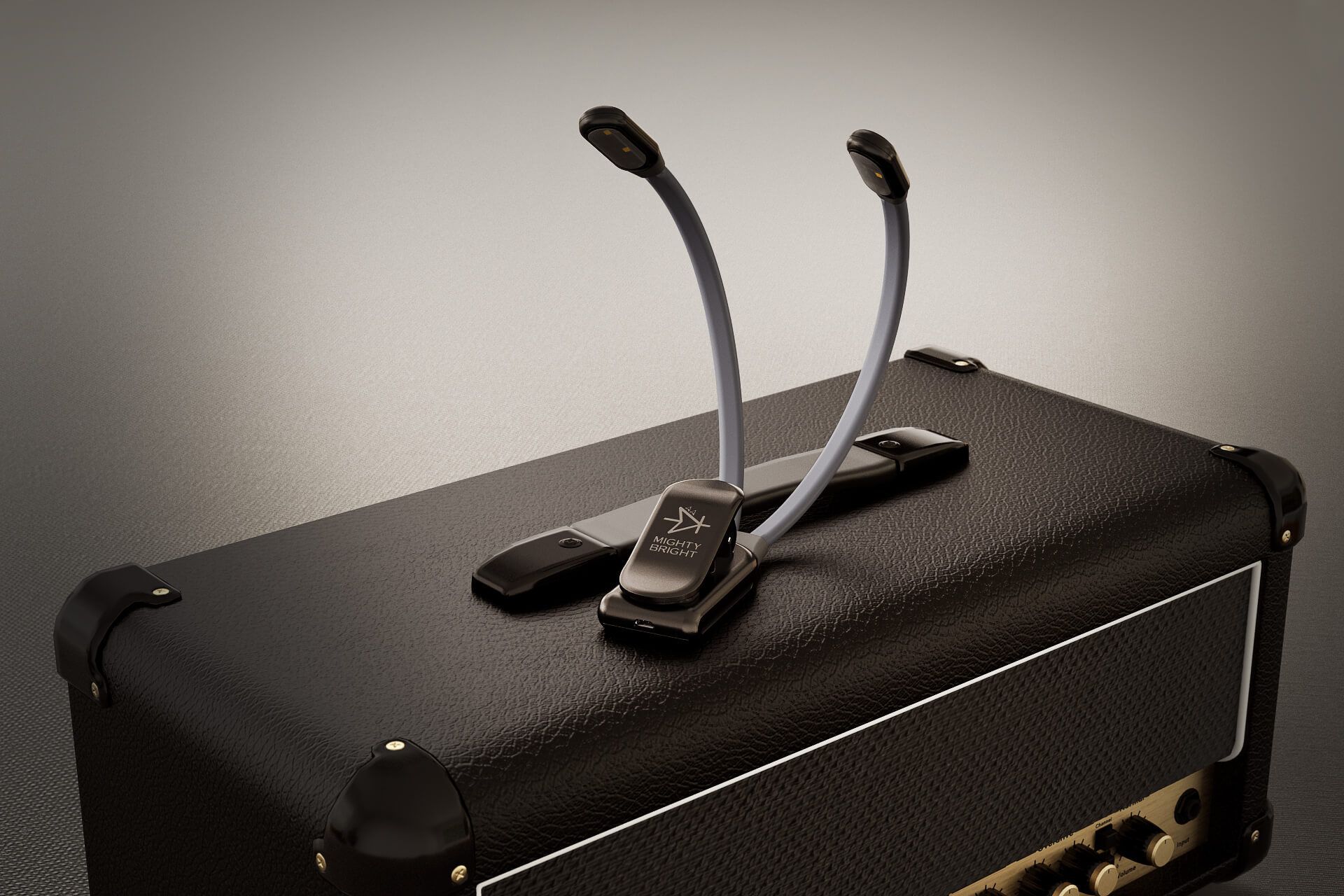Product computer rendering is a complicated process that turns any 3D design into magnificent images. The main advantage though is how fast and effective the result compared to the long organization of photo shoots.
The start of a marketing campaign is coming soon, but Marketers from a furniture company haven’t prepared the visual materials yet. They want something perfect and original for their new concept, but the implementation of such ideas by photographers takes much longer than was expected. The marketing team wasn’t able to negotiate the renting of location for the necessary data, and now they are left with nothing except for infeasible plans. Moreover, the deadline is so soon that even CGI studios won’t be able to finish so many visual materials on time. How are Marketers going to get product images they’ve dreamt about before the beginning of the promotional campaign?
Thankfully, product computer rendering can be even faster than most people imagine. The professional skills of 3D Artists and powerful hardware are able to provide a huge number of CG images in the shortest time. Want to know how it’s possible? Learn what affects the speed of computer rendering and what tricks 3D specialists use to accelerate it.
1. Amount of Light Sources
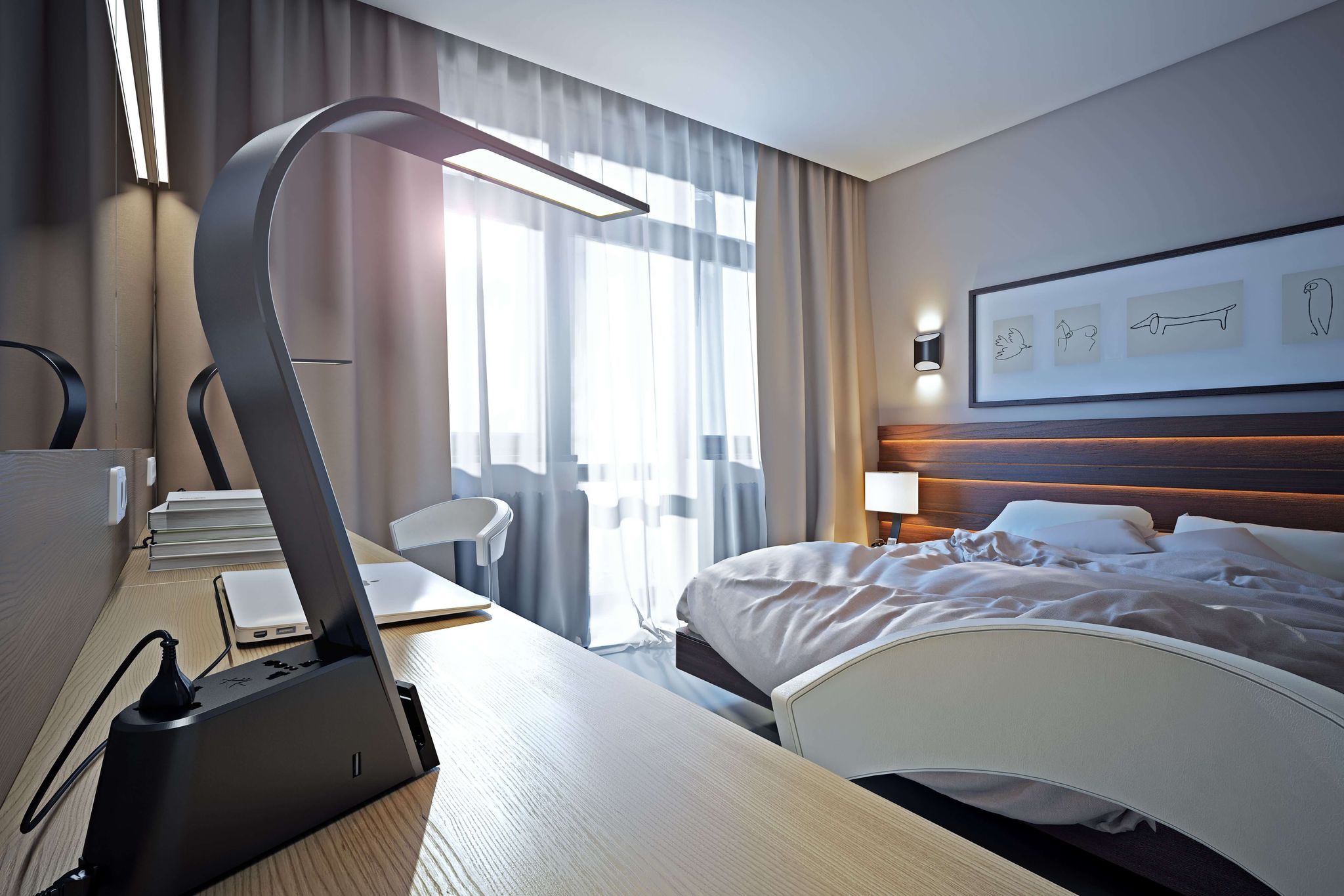
The amount of lighting is the scene influences the complexity of the whole product computer rendering. The more light sources are used, the more light rays are emitted. All of them are reflected or refracted by surfaces of 3D objects, which significantly affects the overall rendering time. Naturally, reducing the number of light sources will speed up the process. To achieve this result, there is no need in deleting all light fixtures – to muffle the lighting so it doesn’t emit any rays is enough.
2. Сomplicated Glass Geometry
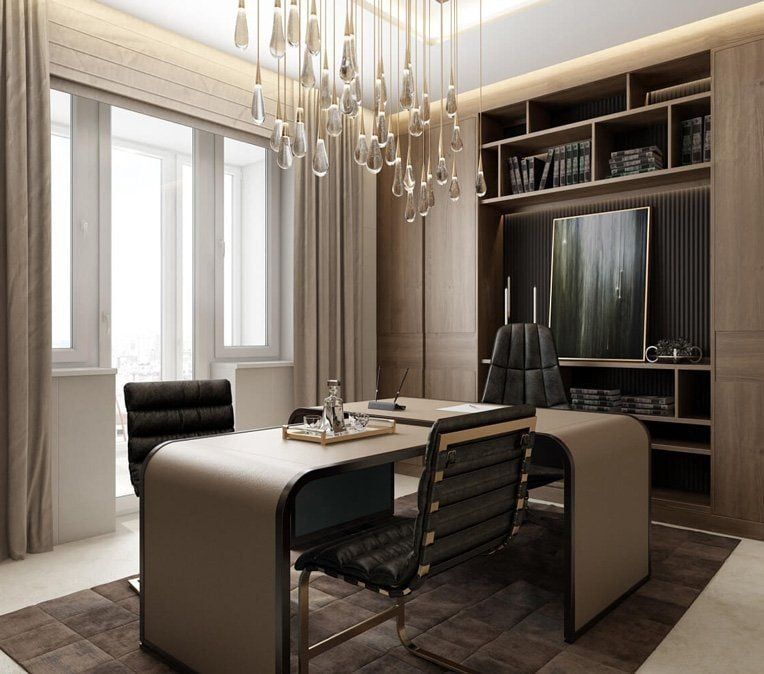
Since all glass surfaces being passed through by the rays of light, it simultaneously makes the speed of product computer rendering much slower. Most often, this problem occurs with glass chandeliers or props as they have many intricate details, each of which reflects the lighting. The problem is that the more glass surfaces are in the scene, the more calculations have to be made by the rendering software. If impossible to reduce the number of glass elements, 3D Artists can simplify their shape.
3. Materials Settings

It’s not a secret that resolution plays a key role in the rendering process. When it comes to materials and textures, the quality of their look completely depends on these settings as it includes several CG layers. It means that high-resolution setup makes all surfaces more defined and detailed as well as brings out the realistic bump. Needless to say, top-quality product computer rendering is impossible without HD, even of the process will be much faster on lower settings. But 3D Artists found a compromise, which is using Bump maps instead of Displacement maps when possible or reducing the Max Depth value for matte materials. Both options increase the speed of rendering but do not harm the overall quality of images.
4. Camera Depth of Field
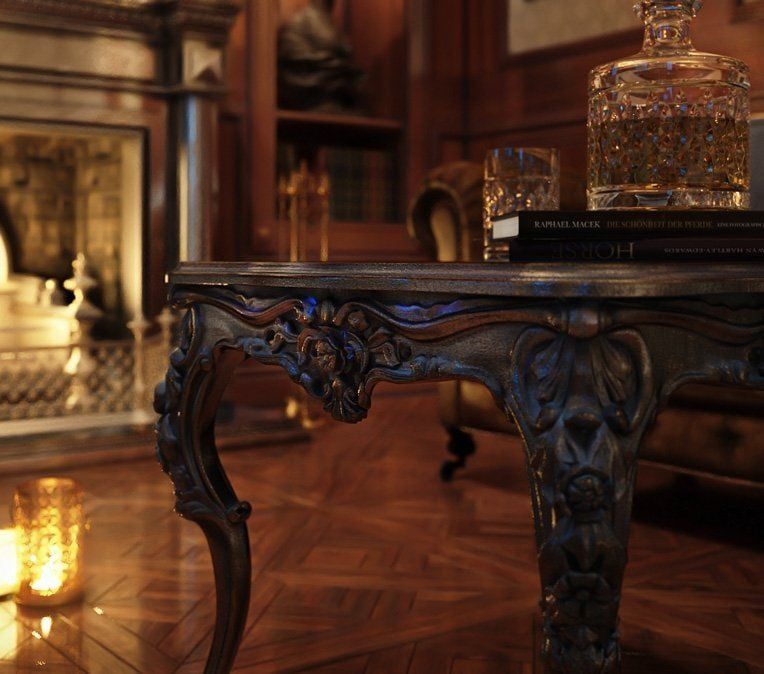
Blurring background details helps the main product to stand out among other 3D objects without distracting viewers from the item. However, this option significantly slows down the rendering speed to the point when it’s better to remove the contrast elements entirely instead of blurring them. This, of course, can’t be done if such visual effect is a part of the product CGI ’ concept. In this case, the alternative solution is to blur the background at the post-production stage using Z-depth pass in Photoshop.
5. Computer Characteristics
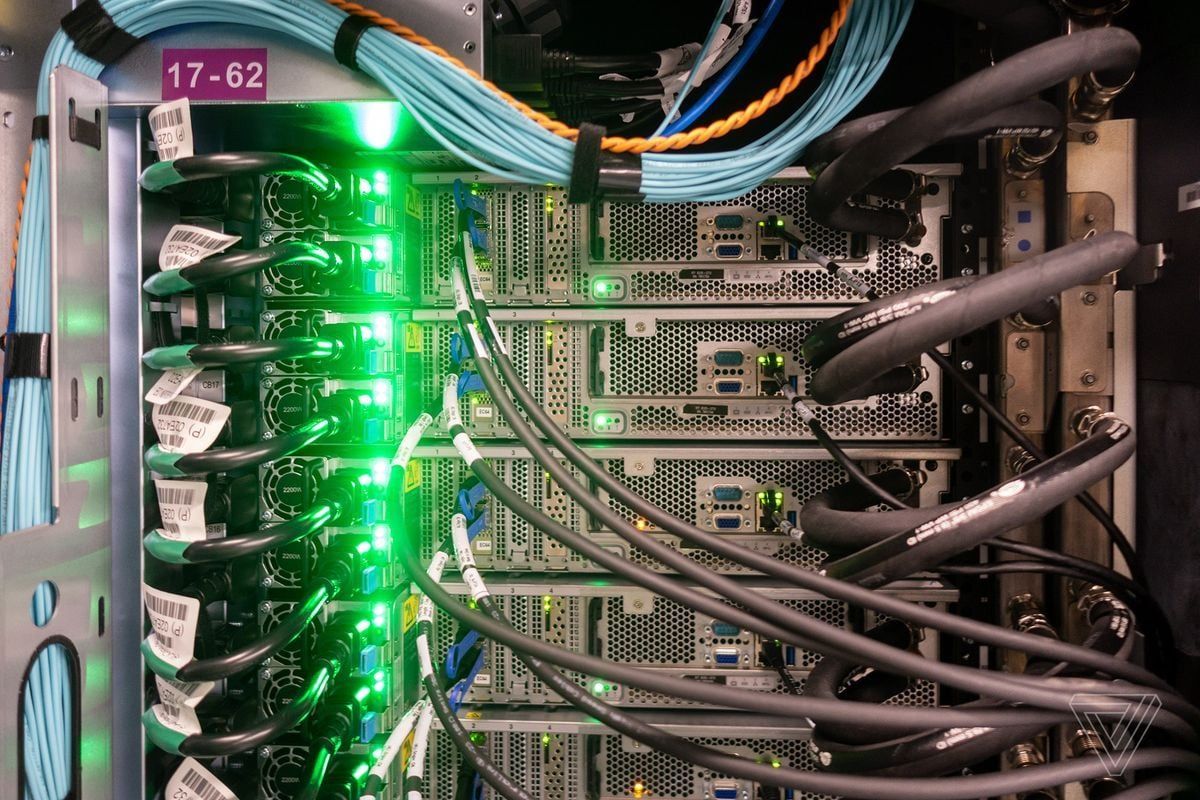
It’s well-known that the more powerful a computer system unit is, the faster it processes the data. The same rule applies to the rendering process as new generation PCs are mandatory for professional 3D Artists and their effective work. On the other hand, even the most powerful computer can be not enough for rendering HD product images really fast. Then, the possible solution is connecting several PCs together to create a network. This process allows using CPUs of all computers together for rendering the same image and is called a Network Rendering or Distributed Rendering. Most of the professional CGI studios go even further and create Render Cluster – a number of powerful computers that are constantly connected for high-speed rendering in turn.
The ability to create top-notch product computer renderings at minimum settings separates pro 3D Artists from the amateurs. On top of that, the powerful hardware is not the least factor in their work, so big 3D visualization studios try to supply their specialists with the best technologies. The combination of these two aspects provides fast product computer rendering without losing the quality of the result.
Want to get jaw-dropping CG images before the start of a marketing campaign? Use our product rendering services and get high-quality visuals within the tightest deadline.
